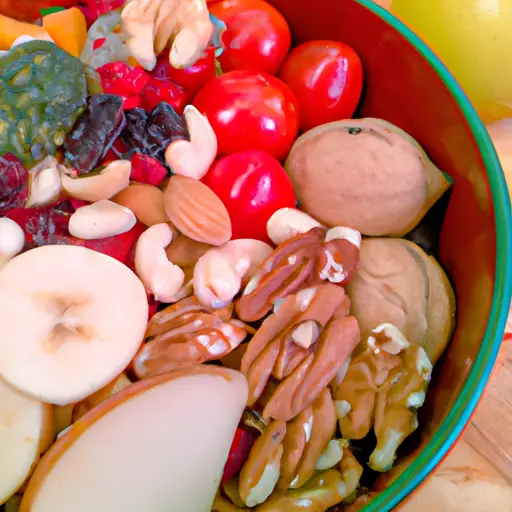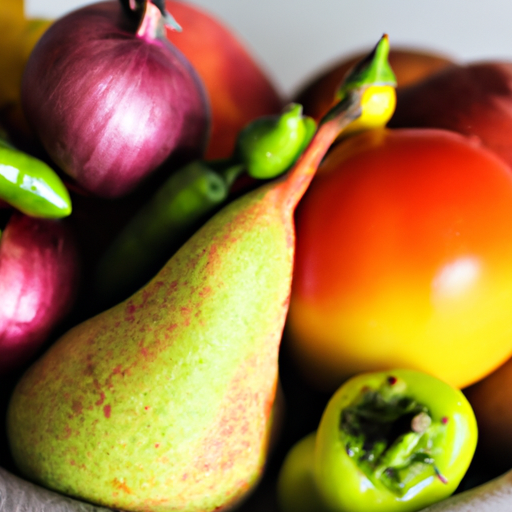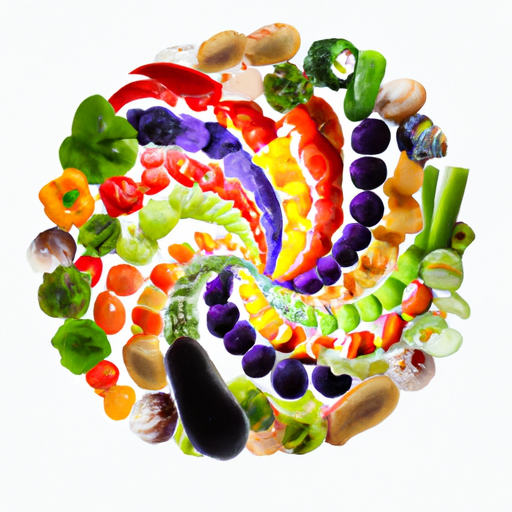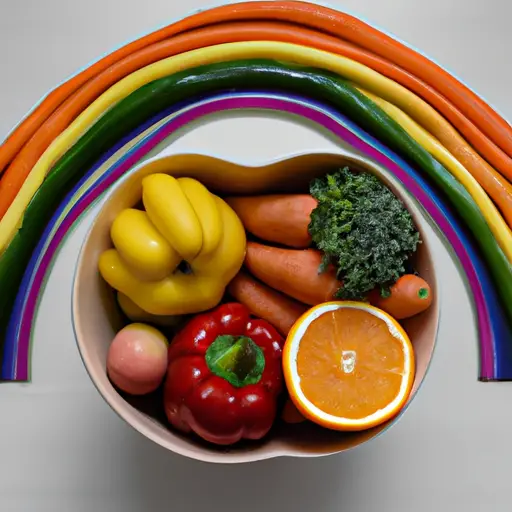Are Food Delivery Services Meeting Quality Standards?
Food Delivery Services: Let’s Talk Quality Control
Hey there! Are you a food delivery service provider or someone who enjoys ordering food on your app? Either way, let’s talk about how we can ensure the quality of your food is up to par.
First, let’s define food delivery services. This is where customers can order their meals from restaurants and have it delivered to their doorsteps. It’s convenient for those who don’t have the time or energy to leave their homes but want to enjoy their favorite meals.
However, there are some challenges when it comes to ensuring the quality of food when it’s delivered. In this blog, we’ll discuss the benefits of food delivery services, the challenges with quality control, and best practices for maintaining food quality.
Why Food Delivery Rocks!
As someone who loves food but hates leaving the house, I am a big fan of food delivery services. Not only are they incredibly convenient, but they also provide a number of benefits that you might not expect.
Convenience for Customers
Let’s start with the obvious – food delivery services are all about convenience. With just a few taps on your phone or clicks on your computer, you can have a hot meal delivered right to your door. No need to change out of your pajamas or brave the elements – just sit back and wait for your food to arrive.
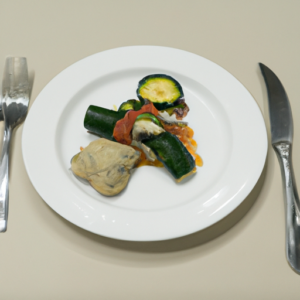
But convenience isn’t the only benefit of food delivery. Studies have shown that when people order food for delivery, they are more likely to be satisfied with their experience. This is partly because they have more time to make decisions and read reviews, but it’s also because the food arrived exactly as they expected it to.
But What About Quality Control?
Of course, there are some challenges when it comes to maintaining food quality and safety during delivery. From ensuring that the food is still fresh when it arrives to making sure that it is stored at the right temperature, there are a lot of factors to consider. But that doesn’t mean it can’t be done.
Best Practices for Quality Control
There are a few things that food delivery services can do to help maintain quality control. Proper packaging and labeling, for example, can help ensure that food doesn’t get mixed up or contaminated during delivery. Temperature monitoring and storage are also crucial, as they can prevent food from spoiling or becoming unsafe to eat.
Final Thoughts
Overall, food delivery services offer a ton of benefits to customers – from convenience to increased satisfaction. And while there are certainly some challenges when it comes to quality control, with the right strategies in place, they can be overcome. So the next time you’re too tired to cook or don’t feel like going out, don’t hesitate to order in. Your taste buds (and your couch) will thank you.
Food Delivery Services: The Challenges with Quality Control
Being a food delivery service provider is not without its challenges. One of the main issues that every company faces is maintaining quality control. As someone who has worked in the industry, I can attest that ensuring food safety and health risks are minimal is crucial. The last thing any company wants is to have their customers get sick because of a mistake.
Another challenge is ensuring that the food delivered is fresh and comes within a reasonable time. Nobody wants cold or stale food. While timely delivery is a common challenge for delivery companies, it becomes even more critical when delivering food. Customers expect their food to arrive hot and fresh, and anything contrary will harm customer satisfaction.
In my experience, one of how food delivery services can overcome these challenges is by procuring high-quality packaging and labeling. Proper packaging and labeling are vital to maintain the quality and freshness of your food. It is also important to prioritize temperature monitoring and storage. Monitoring temperature during transit is a best practice, as is keeping the food containers sealed tightly to avoid contamination.
In conclusion, quality control is the lifeblood of any good food delivery service provider. Companies can overcome challenges while ensuring their consumers get healthy, fresh, and hot food by prioritizing proper packaging, labeling, and temperature monitoring. Most importantly, the company should strive for customer satisfaction by delivering quality food as per the customer’s expectations.
Best Practices for Quality Control
When it comes to food delivery services, quality control is essential for ensuring customer satisfaction and safety. As a service provider, there are a few best practices you should keep in mind:
Proper packaging and labeling
One of the most important aspects of quality control in food delivery is proper packaging and labeling. This can help prevent contamination and ensure that customers receive the correct order. When packaging food, use sturdy and leak-proof containers that can withstand transportation. Make sure to label each container clearly with the order details and any important information, such as allergy warnings or reheating instructions.
Temperature monitoring and storage
Another key aspect of quality control is temperature monitoring and storage. Food safety is vital, and keeping food at the right temperature is crucial for preventing bacteria growth and contamination. Invest in insulated containers and delivery bags, and use a thermometer to ensure that the food stays within a safe temperature range throughout the delivery process. It’s also important to store food at the correct temperature before and after delivery to maintain its freshness.
If you want to learn about the effects of food delivery on health, check out this informative article (source).
Conclusion
Well, there you have it! After exploring the ins and outs of food delivery services and quality control standards, I’ve come to some important conclusions. Quality control is absolutely vital when it comes to food delivery. With the risks of food safety and health concerns, it’s essential to follow the best practices for packaging, labeling, temperature monitoring, and storage. But quality control isn’t just about safety — it’s also crucial for customer satisfaction. People expect their food to arrive fresh and hot, and timely delivery is key. Service providers must balance convenience with quality to ensure that their customers are happy with every order. In conclusion, food delivery services have many benefits, including convenience, increased customer satisfaction, and revenue potential. However, quality control is essential to ensure safety, freshness, and customer satisfaction. Following best practices for packaging, labeling, and temperature monitoring is key, and service providers must balance convenience with quality to maintain their reputation and keep customers coming back for more.



